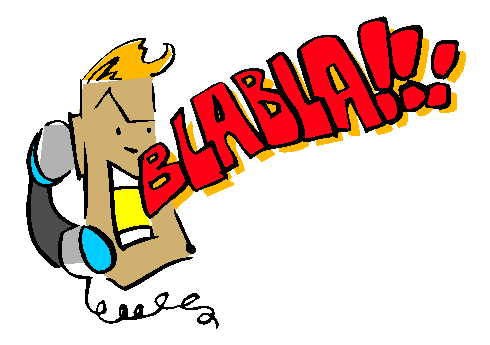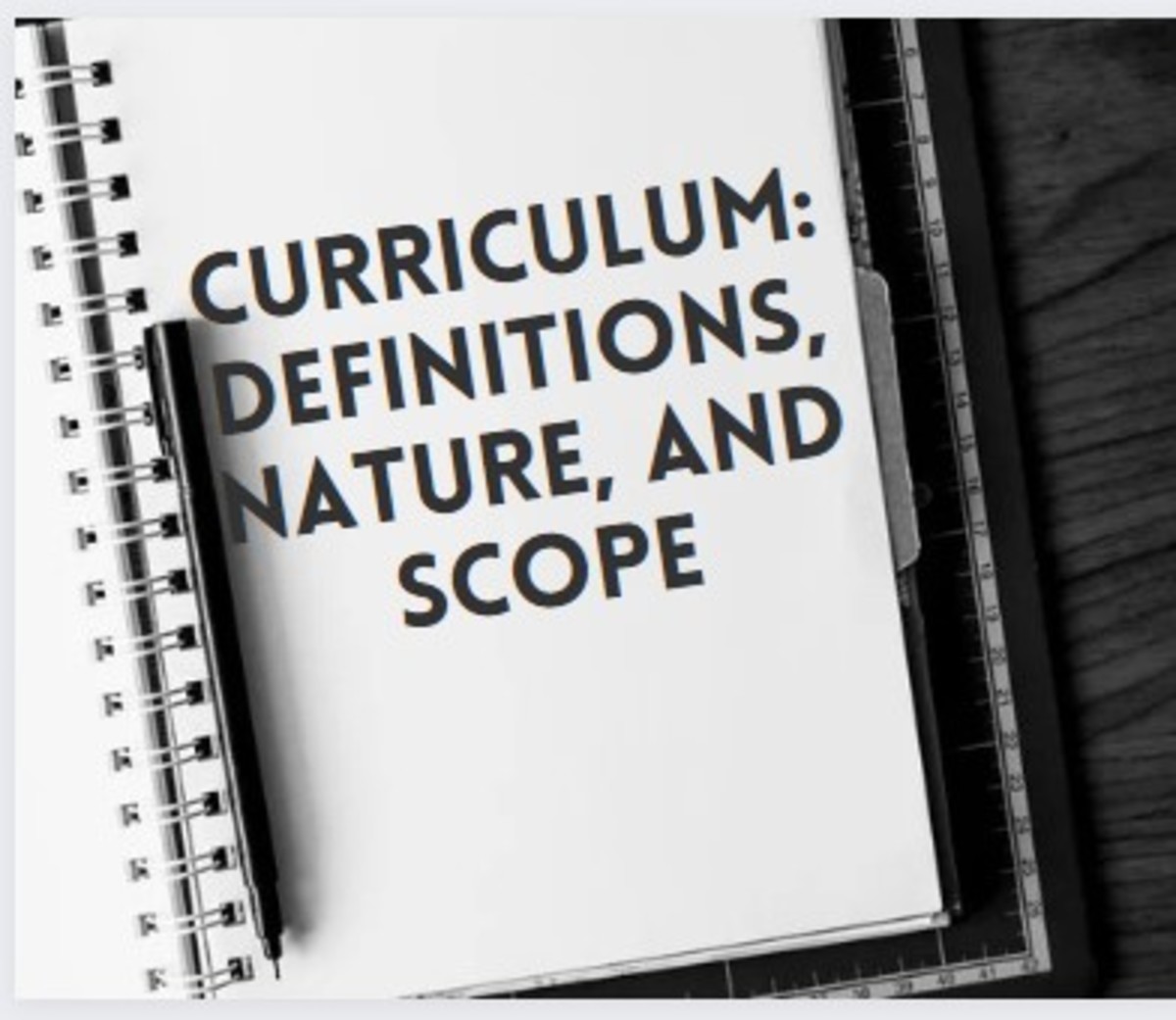Modern Library Tolerance For Noise Based On Flawed Educational Philosophy
Modern libraries are deteriorating under the false premise that noise is the primary indicator of active engagement.

The Gift Of Gab And The Culture Of Consumerism
The gift of gab has gotten modern humans to a place where many of us no longer recognize silence as the sacred space from which communication originates and the fertile ground in which all ideas take root. Many of us have become mere appendages of our machines, even worse, superficial extensions of the many noises that our machines make. We appear to have fallen in love with noise.
We, thus, depend on noise, no longer defining ourselves primarily through our decisions, our actions, and our judgments. Rather, the sum total of our behavior occurs automatically and mechanically from the continuous movement of noise. We value ourselves largely because of our babbling, as we have become less capable of listening and less capable of speaking with any depth.
This absence of depth in discourse prevails, because parents, elementary schools, institutions of higher learning, and culture, in general, fail to teach us the value of silence. In Silence As The Foundation Of Learning, EDUCATIONAL THEORY 54 (2):211-230, Angelo Caranfa (2004) points out:
- “The various themes, the many arguments, and the abundance of empirical data that one encounters in educational literature, though convincing they may seem, are, nevertheless, permeated by a deep underlying flaw: they exclude silence from the dialogical pedagogies on which they are based.” (p 211)
“Pedagogies” is the plural of “pedagogy”, which means the study of being a teacher. Modern teaching philosophies, then, seem to place a heavy emphasis on speaking and relatively little emphasis on the spaces between speaking.
Nowhere is today’s love of noise more evident than in modern libraries, where the classical tradition of being quiet has crumbled under the new directive to socialize. Present-day librarians seem to embrace this new noisy directive, because they unknowingly adhere to Western cultural values that define silence in negative terms. Since many library users also have the same negative view of silence, librarians now treat their patrons as consumers who must be pleased. A noisier, more socially-involved patron apparently is a happier patron. Happier patrons continue to support causes, cover costs of doing business, and guarantee staff paychecks.
Where does this leave the process of teaching and the pursuit of excellence? ANSWER: The pursuit of excellence apparently has grown slim, as contemporary Western culture strives for satiation rather than education.
The Pursuit Of Excellence Has Lost Weight


Blabber Bias
Prioritizing the spoken word suppresses the transformative, creative power of personal knowledge gained in contemplative silence. The true depth of unfathomable existence, therefore, cannot be experienced, when the flatness of mechanistic thought is allowed to rule.
In Voices Of Silence In Pedagogy: Art, Writing And Self-Encounter, JOURNAL OF PHILOSOPHY OF ECUCATION 40 (1):85-103, Angelo Caranfa (2006) writes:
- “The failure of the critical method [in teaching liberal arts in education] is not in its goals, but in its exclusion of feelings and of silence from the reflective or thinking process.” (p 86)
Caranfa goes on to point out that an “aesthetic of silence” teaches people to listen in ways that connect their moral, intellectual and spiritual dimensions. Such an aesthetic, sadly, has no guarantee in today’s noisy libraries, where quiet patrons all too often fall victims to the new, more highly privileged aesthetic of sound.
“... silence is itself a form of interpersonal communication.”
So say Michael W. Shelton and Karen Shelton (1992) in Silence Please: Silence As A Component Of Interpersonal Communication, a conference paper presented at the Joint Meeting of the Southern States Communication Association and the Central States Communication Association, Lexington Kentucky, April 14-18, 1993 (p 1). In this same conference paper, the Sheltons describe the bias of modern American culture towards speech in human communication:
- “True Americans (i.e., most American Indian tribes) viewed silence as a worthwhile element in the human communication process. Silence reflected reverence for careful language usage; word were not to be used profusely or promiscuously. Silence facilitated effective listening. One derived from silence the cornerstone of character, the virtues of self-control, courage, patience and dignity. Such a reverence has not held true for those who came later to America and have come to dominate it culturally.” (p 5)
The Sheltons observe that, in groups, modern Americans tend to view silent members as the least influential members of the group. The truth of this observation plays out almost daily in contemporary libraries, where noisy users cannot recognize silence as an aspect of interpersonal behavior. Noisy library users simply fail to hear silence as a message to which they are deaf. In effect, noisy people do not listen to quiet people, and they routinely ignore the messages of quiet people. This is how talking insidiously takes over once-quiet atmospheres and becomes the dominant value.
A majority of Americans (and people of other developed nations) apparently have always viewed silence as a form of punishment or as an extreme form of discipline. A person could argue that the same childish drive to revolt against discipline in the fine arts is the same childish drive to revolt against discipline in education. The values of revolting and revolutionizing seem to be important themes in descriptions of modern libraries. The mistake, however, is in viewing silence only in negative terms to begin with. Such a negative view destroys the possibility of designing public buildings or public spaces that encompass quiet values.
In Silent Pedagogy And Rethinking Classroom Practice: Structuring Teaching Through Silence Rather Than Talk, CAMBRIDGE JOURNAL OF EDUCATION 38 (2):265-280, Ros Olin (2008) agrees with the Sheltons:
- “The value and underlying purposes of the dominance of talk within Western formal learning settings represents a particular cultural construct, which gives primacy to the role of vocal communication in the teaching and learning process and exists relatively unchallenged....” (p 266)
Olin believes that the dominant learning theory confuses “social learning” with “sociable learning”. He believes that conventional classrooms show an obvious preference for talking and a noticeable ignorance of silent learning. He further supports the claim that cultural bias towards talk is ruining modern libraries for quiet people who thrive on a guaranteed measure of sonic solitude (i.e., quiet) in shared places of learning.
Respect The Value Of Silence









